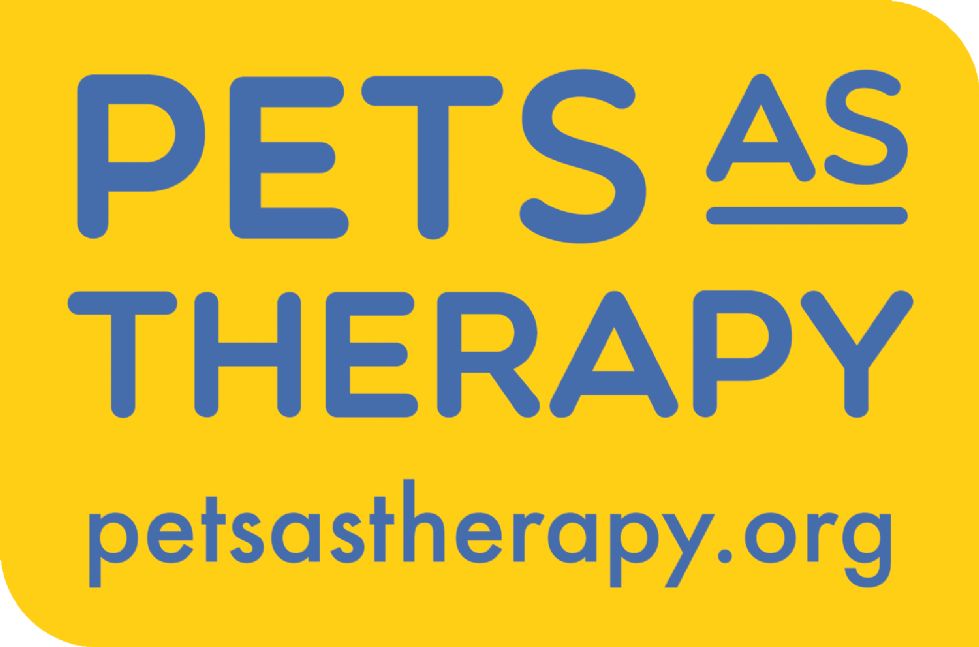Pets as Therapy (Canine Assisted Therapy)

Canine assisted therapy involves social interaction, the experience of delight, pleasure, excitement, love and countless other therapeutic benefits that can be derived from canine companionship. Being around dogs, playing with them, handling them, even just watching them can help to calm, reduce stress, increase physical activity and motivation, relieve depression and anxiety.
Canine therapy is said to help particularly with children who have special educational needs, including autism, behavioural problems, children with little or no speech and those who have difficulty focusing and sitting still. Also, children who have physical difficulties may find that their bodies relax under the touch of a dog and the dog will motivate movement such as crawling, walking, moving and exercising limbs. A child that is encouraged to give commands to a dog may also learn that it is a good feeling when the dog carries out their commands and, therefore, may transfer this to their everyday life when asked to do something by an adult.
Daventry Hill School benefits from having our very own therapy dog. Buddy is a placid, well-behaved and well-socialised gentle dog. He had the ideal temperament for a therapy dog.
Buddy attended rigorous weekly training sessions until he was old enough to undertake a P.A.T dog temperament assessment. His responses to various situations were tested, which he passed and was awarded registration with the P.A.T. organisation.
Buddy visits the school regularly each week, ‘working’ with children that have been identified as potentially benefiting from this approach.
All interactions and programmes have been carefully monitored and evaluated by our pastoral team in order to provide us with detailed information regarding student progress over time. The benefits of this work for students are:
- Improving communication skills
- Improvement in social interactions
- Improved eye-contact
- Improvement in child’s emotional well-being
- Improvements in speaking and listening skills
- Increased co-operation and attention
